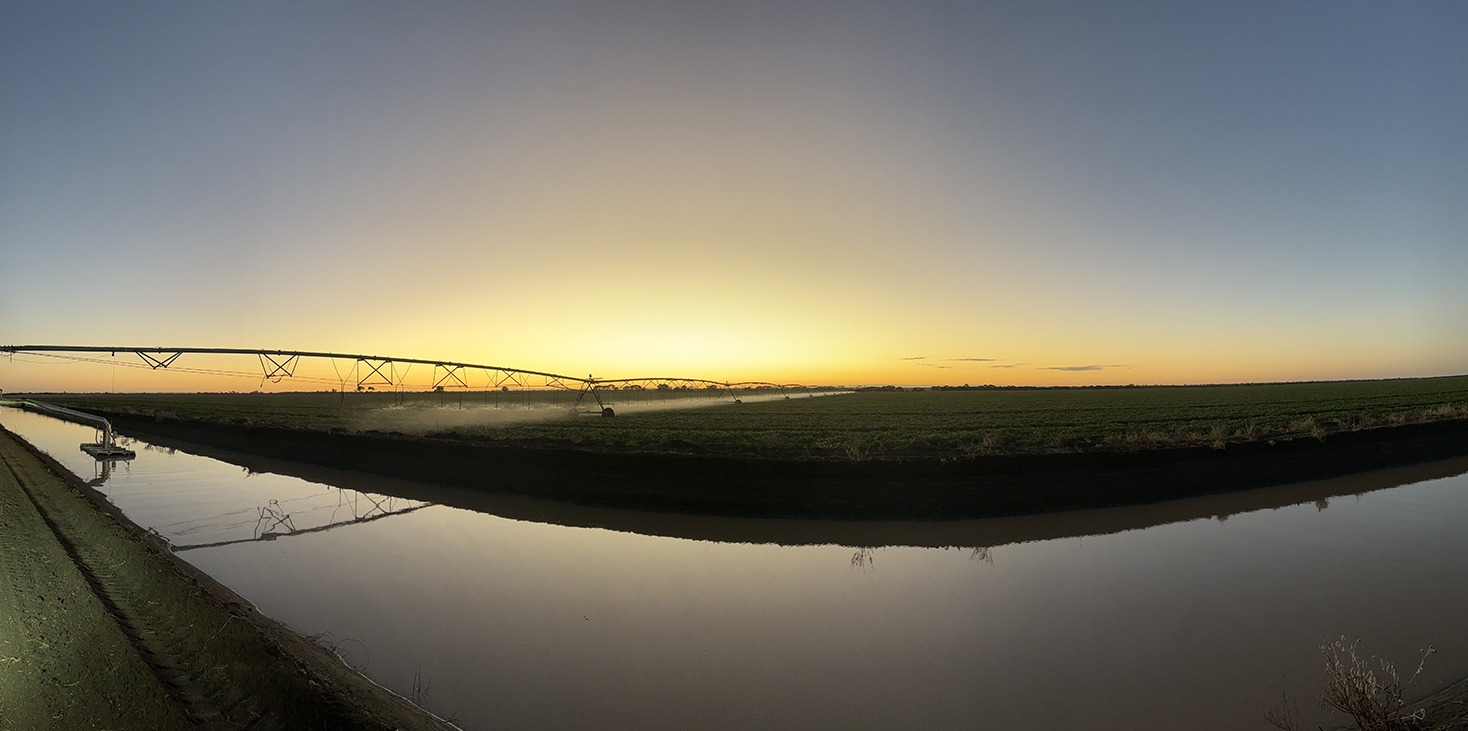James Powell, RFM’s Investor Relations and Distribution Manager, recently spoke to Agri Investor about the agricultural REIT model and future growth opportunities for the Rural Funds Group. The article has been reproduced with permission below. The original article can be viewed on the Agri Investor website HERE.
Can farmland REITs thrive in Australia?
25 January 2018
Rural Funds Group, the country’s only pure agriculture REIT, sees bright prospects in cattle and cotton. We zoom in on the vehicle’s strategy.
It is often when too many investors are excited about a market that incumbents must temper their enthusiasm. Lately, that question has been particularly relevant in Australia, where an influx of capital has pushed prices up and dragged yields down.
But that’s not the attitude of James Powell, investor relations chief at Rural Funds Management, which runs the Sydney-listed real estate investment trust Rural Funds Group (RFF). He thinks two trends will continue to nourish dealflow Down Under: demographics and opportunities to boost productivity.
For one, the average age of Australian farmers is “somewhere in the 60s”, he reckons; succession planning often acts as a catalyst for selling a farm. As the only REIT in the country, Powell thinks RFF is well placed to capture a sizeable chunk of that opportunity.
He also observes that Australia’s multi-decade rise in land values despite stagnating commodity prices owes much to advances in productivity. But here again, he thinks there’s more to be done. He points to northern Australia, where new infrastructure could help deploy water more efficiently across grazing cropland; he says planting higher-protein crops may allow for animals to gain weight at a faster pace.
Bring on the REIT
In themselves, such trends do not explain why a listed trust should be the option of choice for investors seeking exposure Down Under. In fact, despite its 20-year history, RFF only became a REIT in 2014, when it merged three pre-existing trusts and became a listed entity on the Australian Stock Exchange.
The idea then was to provide existing unitholders with value accretion, while removing the “direct agriculture risk” from the strategy – that is, exposure to the volatility inherent to commodity cycles. RFF achieved that by adopting an own-and-lease model. “Investors still own the land, which has a correlation to commodity prices and growing global demand,” Powell says. “But rather than receiving income linked to the crop output – with the associated risks – you simply receive a rent.”
The strategy seems to have convinced investors. When RFF got listed, it had a market cap of about A$100 million ($80 million; €65 million). Almost all of its investors back then were of the retail kind. Today, RFF’s market cap approaches A$600 million, and institutional investors account for 30-40 percent of the trust’s register.
RFM, the trust’s external manager, owns 5 percent; the balance belongs to retail investors, the number of which has more than quadrupled over the period, to more than 10,000. “We’re broadly happy with the existing balance,” Powell says.
As of end June 2017, RFF’s portfolio comprised 38 properties, with a weighted average lease expiry of 13 years.
XL capex
Powell declines to comment on targeted returns but RFF’s website states that the strategy adopted by RFM in the past has typically generated between 5 percent and 12 percent in income – depending on the sectors – the norm being close to 7.5 percent. Growth has tended to vary between -2 percent and 5 percent, with a middle ground at 2.5 percent.
RFF forecasts a distribution yield of 4.8 percent for financial year 2018, and adjusted funds from operations per unit at 12.7 cents.
The trust’s strategy involves an important development component, Powell explains.
“One of our more unique features as a REIT is that we only pay out 80 percent of cash that we generate because we want to redeploy capital in our assets to make them more productive, and therefore more valuable.”
For example, the trust has embarked on a capex program with Olam, the Singapore-listed group, that will see it invest A$120 million over three years in almond orchards, including a 2,500-hectare field in New South Wales.
“We only pay out 80 percent of cash that we generate because we want to redeploy capital in our assets” James Powell, Rural Funds Management
In order to finance such initiatives – and seal further deals – the REIT has a 35 percent gearing target, adjustable at +/- 5 percent. It typically puts on more leverage when acquiring a farm, before bringing gearing back down by raising equity on the market (something it has done four times since 2014). As of end June 2017, the trust was 36.4 percent geared.
Powell admits fresh capital coming into the market has made acquisitions harder to secure in a number of sectors, notably because properties then become more difficult to lease out as rents increase. But he reckons RFM’s long experience in managing farms (an activity separate from RFF’s investment business) puts it at an advantage.
“We can identify sectors and assets that aren’t overvalued,” Powell says. “At the moment, we’re focusing a lot on cattle and cotton due to the opportunity for productivity improvement, their long-term growth characteristics and therefore higher return potential.”
By Matthieu Favas
Editor
Agri Investor
Notes:





